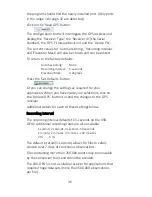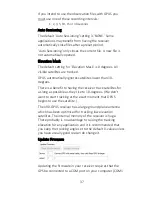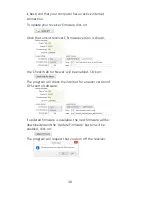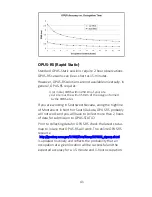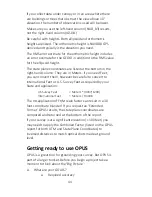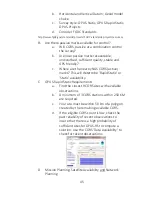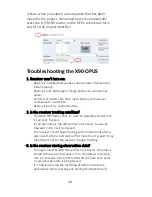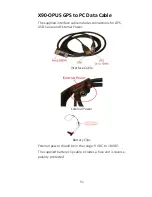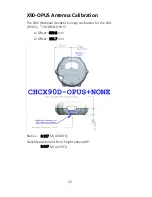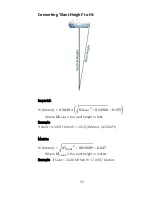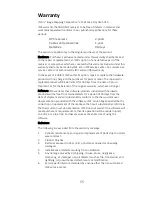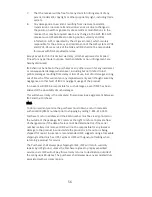
44
If you collect data under canopy or in an area where there
are buildings or trees that obstruct the view above 10°
elevation, the number of observations used will be lower.
Make sure you use the left-hand column (NAD_83) results,
not the right-hand column (IGS08.)
Be careful with heights. Both ellipsoid and orthometric
heights are listed. The orthometric height is NAVD88 GPS
derived and typically is the elevation you need.
The RMS error estimate for the orthometric height includes
an error estimate for the GEOID in addition to the RMS value
for the ellipsoid height.
The state plane coordinates are listed at the bottom in the
right-hand column. They are in Meters. If you need Feet,
you can convert them, however be careful to convert to
International Feet or U.S. Survey Feet as required by your
State and application:
US Survey Feet
= Meters * (3937/1200)
International Feet
= Meters / 0.3048
The misapplication of Ft/M scale factor can result in a 30
foot coordinate blunder! If you request an ‘Extended
Format’ OPUS results, the state plane coordinates are
computed and returned at the bottom of the report.
If your survey is at a significant elevation (> 100 feet) you
may need to apply the Combined Factor (listed on the OPUS
report for both UTM and State Plane Coordinates) to
inversed distances to match optical shots made at ground
level.
Getting ready to use OPUS
OPUS is a great tool for grounding your survey. But OPUS is
part of a larger toolset. Before you begin a project take a
moment to think about the ‘Big Picture’:
A.
What are your GOALS?
a.
Required accuracy
Содержание X90-OPUS
Страница 1: ......
Страница 2: ...2 X90 OPUS Static GPS Receiver User Manual Revision I 2014 05 27D B9165...







